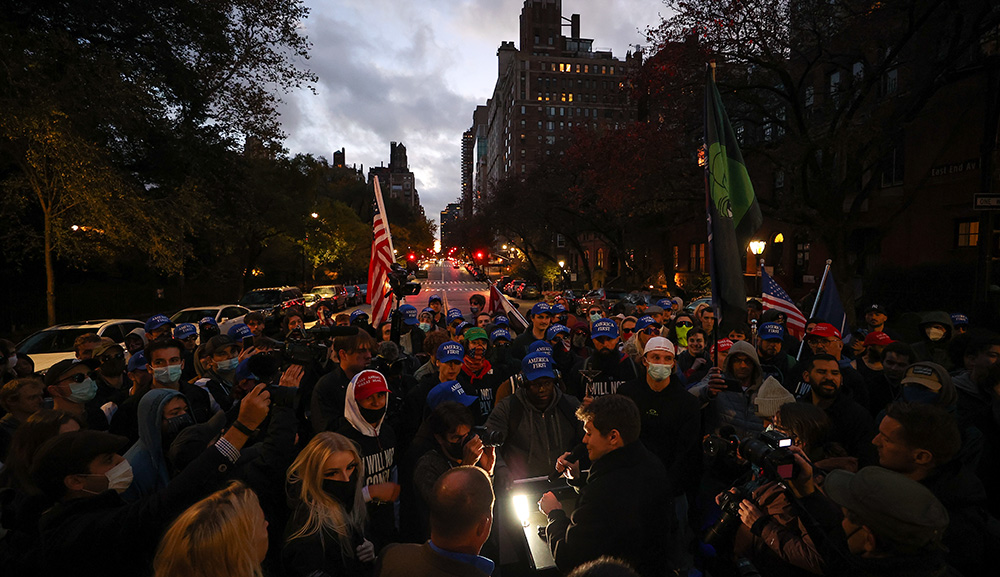Among the decisions the Supreme Court handed down last week, two have significant bearing on how the law accommodates religious observance. One is the highly publicized case of 303 Creative v. Elenis, which concerns a web designer who wishes not to make wedding websites for gay couples; the other is the much less noticed case of Gerald Groff, a postal worker who, for religious reasons, will not work on Sundays. Michael A. Helfand writes:
Title VII of the 1964 Civil Rights Act requires employers to accommodate religion reasonably unless doing so presents an “undue hardship.” The words themselves potentially seem to require an employer to expend effort and resources to accommodate an employee’s religious practices—such as finding an alternate employee to cover Sabbath shifts.
Lower courts had denied Groff’s claim, however, largely based upon a 1977 Supreme Court case—TWA v. Hardison—that had diluted the standard for evaluating an employer’s obligation to accommodate. Based on Hardison, if accommodating a religious employee even presented a “de-minimis” burden—that is, a minor or trifling burden—that employer was off the hook. Commentators from across the political spectrum had been critical of the prevailing standard. It seemed unhinged from the actual text and purpose of Title VII. Therefore, in a practically significant, but methodologically modest unanimous decision, the court’s ruling increased the obligations of employers to accommodate religious employees.
Similar modesty, writes Helfand, animated the court’s decision in favor of the web designer 303 Creative:
The opinion does not hang on an expansive view of when providing services is really speech. That sort of decision would gut anti-discrimination law by providing businesses with carte-blanche authority to reject same-sex couples out of hand. Instead, . . . by linking its decision to the stipulations of the parties, the court advanced a relatively narrow ruling tied to the unique and, importantly, agreed-upon facts of the case.
In two opinions, the court avoided broad sweeping rulings, announcing standards that balanced competing interests. Religious employers need not always accommodate religion, but they should if they can do so without incurring substantial costs. And while most businesses open to the public must comply with prevailing anti-discrimination laws, businesses that are truly and undeniably expressive now will receive free-speech protections.
More about: American law, Freedom of Religion, Sabbath, Supreme Court


